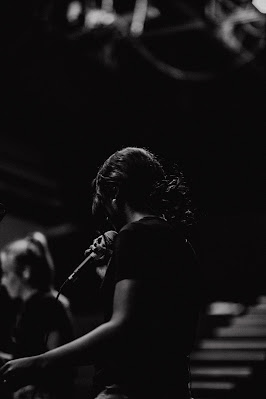Indian Music - Everything You Need To Know About Music Of India
It’s a feeling of pride to be a part of the country which is diverse in culture. The diversity in clothes, food, and religion makes India one of the most respected nations in the world. Apart from the different cultures and ethics followed by the nation, we are also very well aware of the Indian music industry that has boomed over the years. Be it the variations in Hindustani vocals or Bollywood music, India has always been on top when it comes to the music industry.
It would be satisfying in and of itself to explore the various styles and cultures of Indian music and learn about them from the ground up. There are numerous musical art forms, including classical, semi-classical, folk, and modern music, all of which have a variety of techniques, meanings, and audiences. For instance, some people find Hindustani classical music to be interesting while some invest themselves in learning South Indian classical music.
Since you know exploring various music genres is interesting in its own way, here are some of the steps that one must know about Indian Music.
You must know the roots of Indian classical music:
In general, Carnatic music and Hindustani music are the two types of Indian classical music. In the northern part of the country, Hindustani music was greatly influenced by the Mughal courts. It is believed that Carnatic music, which developed in South India, has preserved the traditional approach to music. It is important to understand the difference between Hindustani and Carnatic music and dive deeper to get the basics cleared.
Know what defines the music of India:
The three basic components of Indian classical music—ragas, talas, and pada—were present long before the Mughals touched base in the country's northern region. A style of melodic pieces or musical compositions is created by the ragas, which repeat at least five or more Swaras. To keep this musical composition in a rhythmic frame, the talas use the time cycle. A musical composition's beauty is enhanced by Sur and tala working together in harmony.
Earliest mentions:
Rhythmic and melodic verses can be found in old Hindu texts like the Samaveda and Rigveda. The Natya Shastra by Bharatmuni and the Sangita-Ratnakara by Sarangadeva are two of the oldest texts that formally defined the grammar of Indian classical music.




Comments
Post a Comment